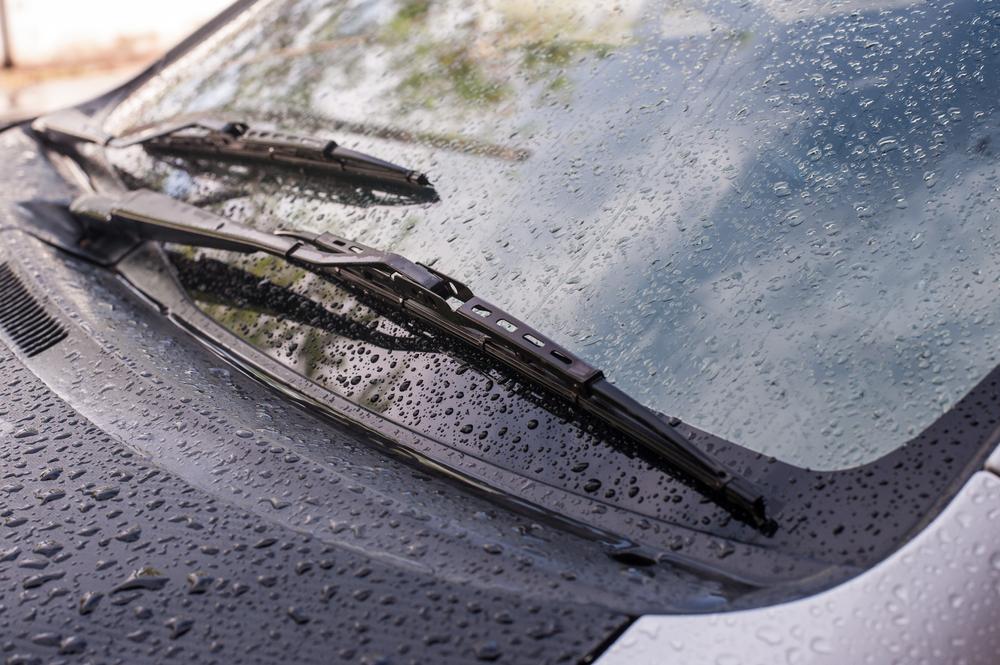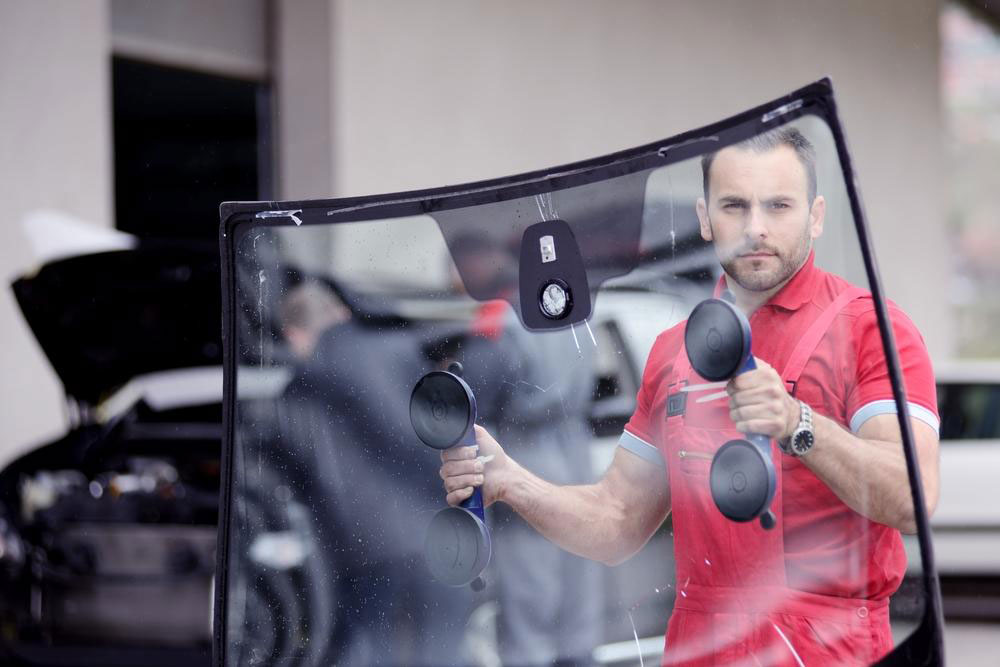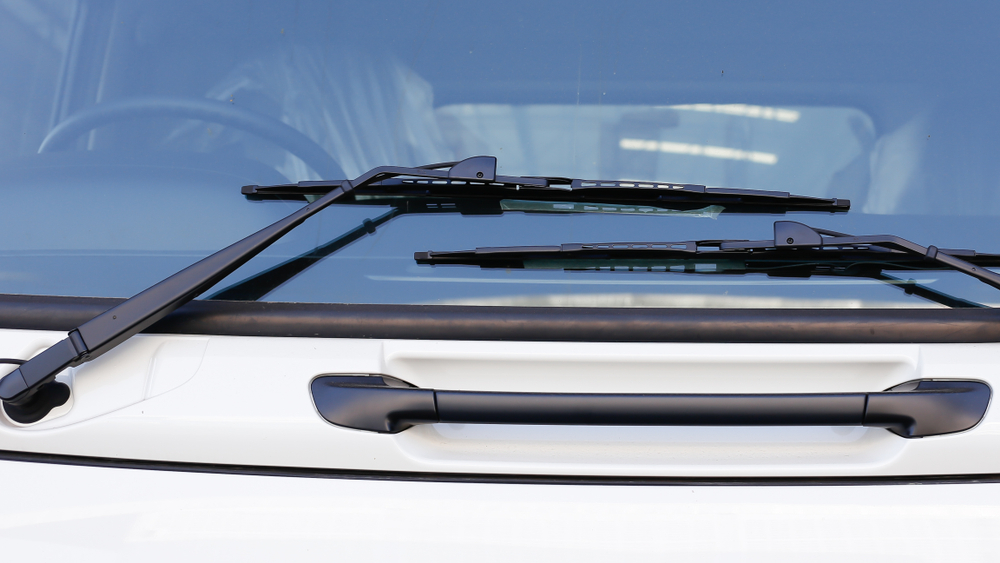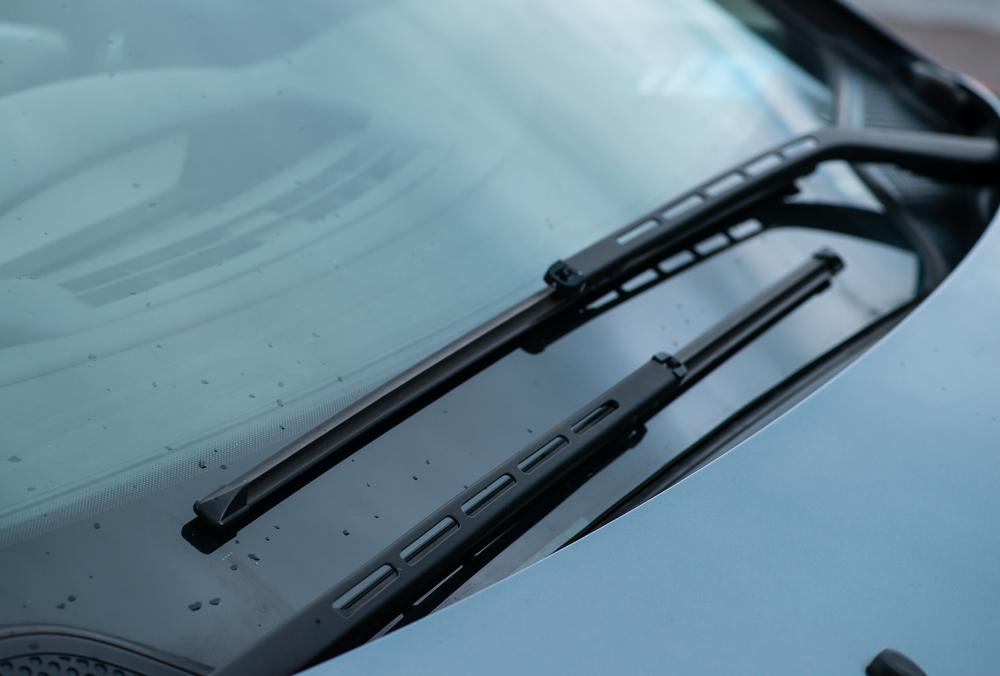Comprehensive Guide to Car Windshields and Repairs
This comprehensive guide covers everything about car windshields—from construction and safety features to repair costs and legal requirements. Understand when to repair or replace your windshield, how insurance applies, and the importance of using OEM-quality parts to ensure safety and legal compliance. Whether you're considering budget options or premium replacements, this article provides essential information to help you make informed decisions about your vehicle's windshield maintenance.
Sponsored

Complete Overview of Vehicle Windshields and Maintenance
Car windshields are constructed from laminated glass, providing essential safety during accidents. This type of glass comprises two layers of glass bonded with a thin vinyl film, assembled through high-pressure heating in an autoclave. When impacted, the outer layer may crack, but the shards stay attached to the vinyl, preventing dangerous shards from flying loose. Rearview and side mirrors are crafted from tempered glass heated to 1,100°F, ensuring they break into small, non-harmful pieces. Properly manufactured windshields meet strict specifications, fitting precisely to each vehicle’s design.
Windshields are part of an overall assembly from original manufacturers, designed specifically for each vehicle. They may appear simple but are meticulously shaped to exact standards. Prices for windshields vary, with budget options starting around $200, influenced by vehicle make, model, and customization. Insurance coverage often helps offset replacement costs, although deductibles may apply. When damage occurs, repair costs typically start at $99, while full replacements in urban areas can reach approximately $350. Cheaper windshields, sometimes priced around $100, are also available.
Determining whether to repair or replace your windshield depends on the severity of the damage. Small chips (up to 2 inches) and minor cracks (up to 14 inches) can often be repaired, saving money compared to full replacement which averages $350 nationally. If cracks obstruct visibility, extend beyond 14 inches, or reach the edges, replacing the windshield is advisable.
The legality of driving with a cracked windshield varies by state. Most require the glass to be safe and free of major damage, with some states like Florida and South Carolina allowing temporary repairs. Windshields must be made of certified safety glass, of appropriate size, and capable of withstanding all weather conditions. Extensive cracks or damage often necessitate immediate replacement for safety and legal compliance.
Insurance coverage for windshields depends on the type of repair or replacement. Using economical windshields temporarily can be a practical solution, especially if insurance covers such replacements. It is important to act promptly to prevent small damages from worsening, ensuring safety and compliance on the road.






